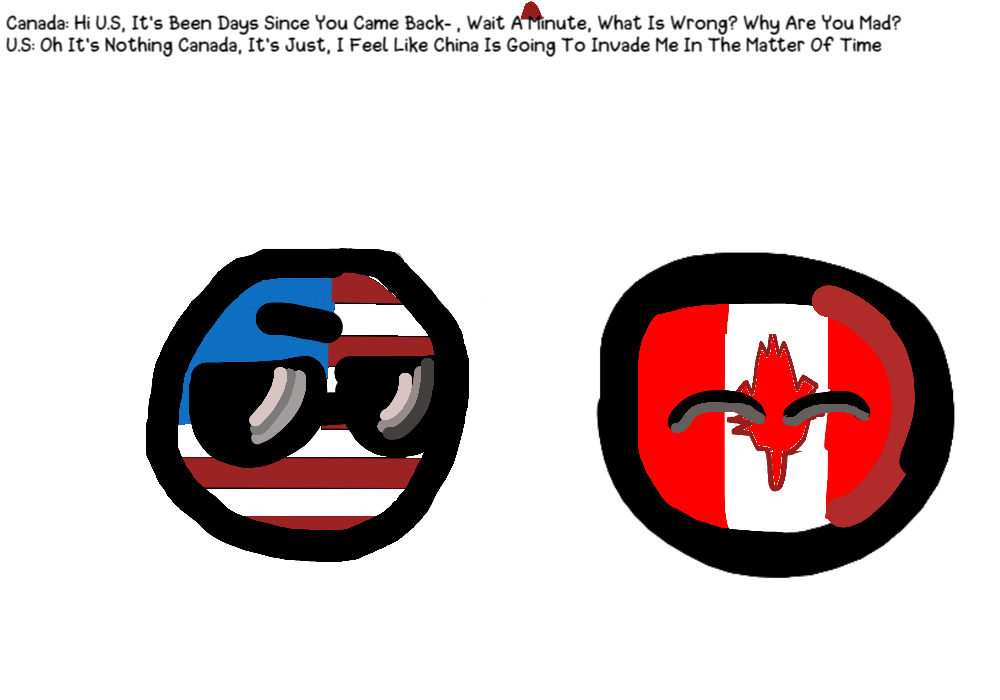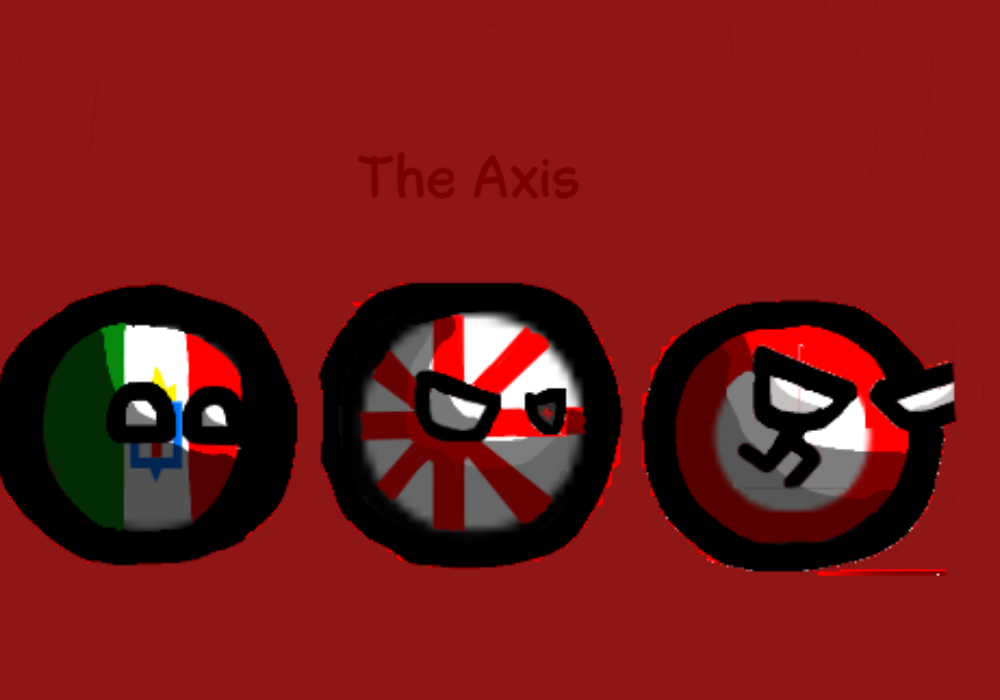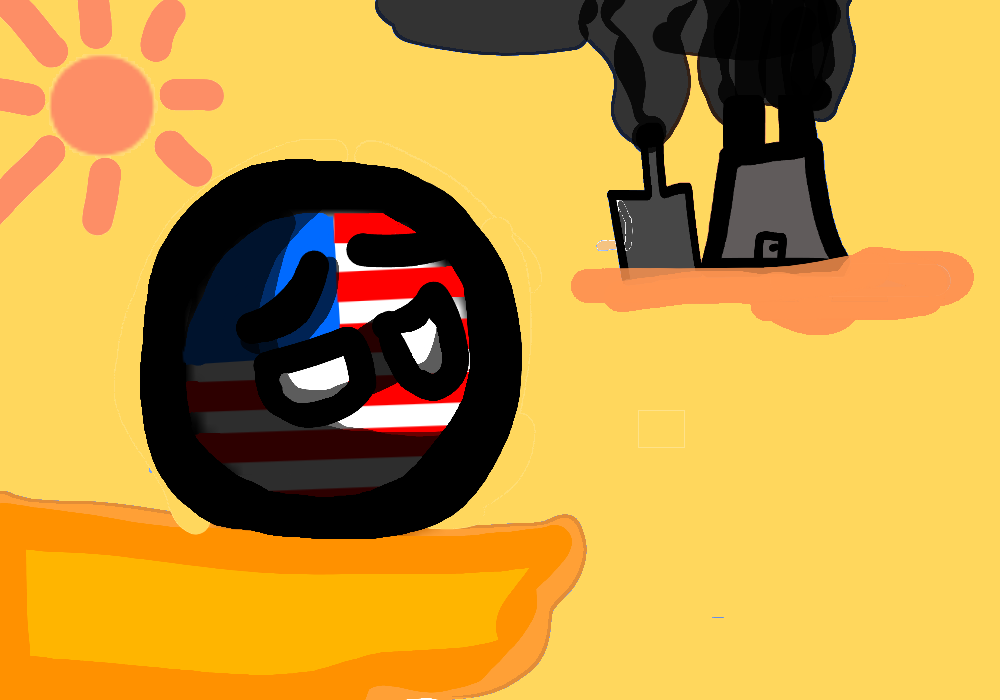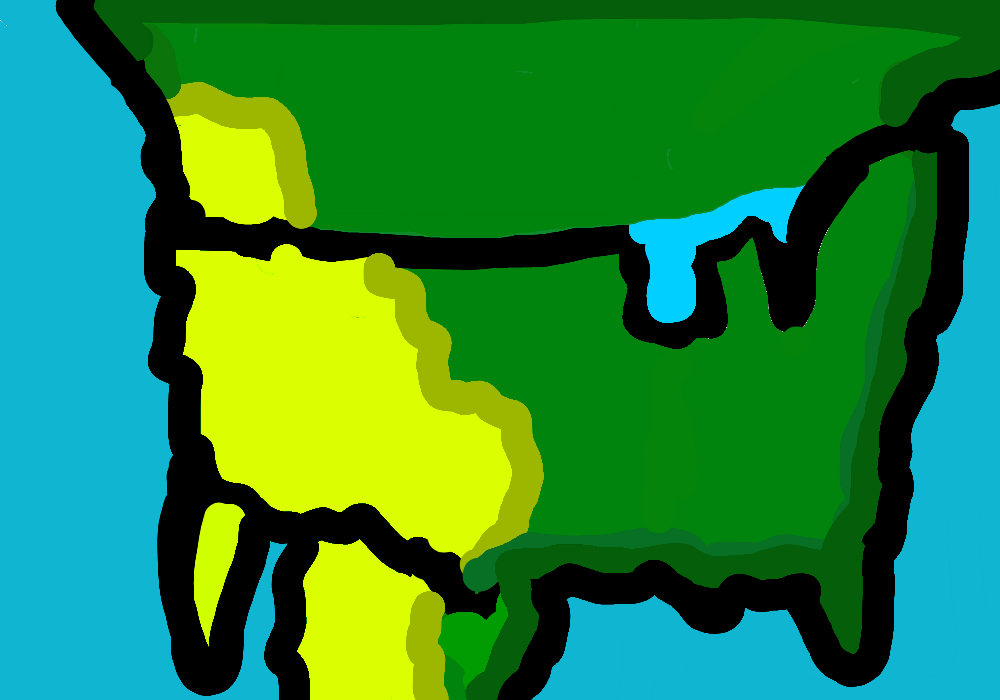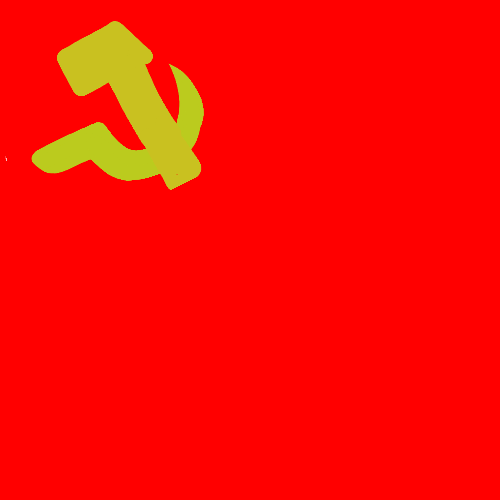
@Justin14
52 followers
161 following
The Flag Of South Korea
After two centuries, the seclusion policy, or sakoku, under the shōguns of the Edo period came to an end when the country was forced open to trade by the Convention of Kanagawa which came when Matthew C. Perry arrived in Japan in 1854. Thus, the period known as Bakumatsu began.
The following years saw increased foreign trade and interaction; commercial treaties between the Tokugawa shogunate and Western countries were signed. In large part due to the humiliating terms of these unequal treaties, the shogunate soon faced internal hostility, which materialized into a radical, xenophobic movement, the sonnō jōi (literally "Revere the Emperor, expel the barbarians").[17]
In March 1863, the Emperor issued the "order to expel barbarians." Although the shogunate had no intention of enforcing the order, it nevertheless inspired attacks against the shogunate itself and against foreigners in Japan. The Namamugi Incident during 1862 led to the murder of an Englishman, Charles Lennox Richardson, by a party of samurai from Satsuma. The British demanded reparations but were denied. While attempting to exact payment, the Royal Navy was fired on from coastal batteries near the town of Kagoshima. They responded by bombarding the port of Kagoshima in 1863. The Tokugawa government agreed to pay an indemnity for Richardson's death.[18] Shelling of foreign shipping in Shimonoseki and attacks against foreign property led to the bombardment of Shimonoseki by a multinational force in 1864.[19] The Chōshū clan also launched the failed coup known as the Kinmon incident. The Satsuma-Chōshū alliance was established in 1866 to combine their efforts to overthrow the Tokugawa bakufu. In early 1867, Emperor Kōmei died of smallpox and was replaced by his son, Crown Prince Mutsuhito (Meiji).
On November 9, 1867, Tokugawa Yoshinobu resigned from his post and authorities to the emperor, agreeing to "be the instrument for carrying out" imperial orders,[20] leading to the end of the Tokugawa shogunate.[21][22] However, while Yoshinobu's resignation had created a nominal void at the highest level of government, his apparatus of state continued to exist. Moreover, the shogunal government, the Tokugawa family in particular, remained a prominent force in the evolving political order and retained many executive powers,[23] a prospect hard-liners from Satsuma and Chōshū found intolerable.[24]
The following years saw increased foreign trade and interaction; commercial treaties between the Tokugawa shogunate and Western countries were signed. In large part due to the humiliating terms of these unequal treaties, the shogunate soon faced internal hostility, which materialized into a radical, xenophobic movement, the sonnō jōi (literally "Revere the Emperor, expel the barbarians").[17]
In March 1863, the Emperor issued the "order to expel barbarians." Although the shogunate had no intention of enforcing the order, it nevertheless inspired attacks against the shogunate itself and against foreigners in Japan. The Namamugi Incident during 1862 led to the murder of an Englishman, Charles Lennox Richardson, by a party of samurai from Satsuma. The British demanded reparations but were denied. While attempting to exact payment, the Royal Navy was fired on from coastal batteries near the town of Kagoshima. They responded by bombarding the port of Kagoshima in 1863. The Tokugawa government agreed to pay an indemnity for Richardson's death.[18] Shelling of foreign shipping in Shimonoseki and attacks against foreign property led to the bombardment of Shimonoseki by a multinational force in 1864.[19] The Chōshū clan also launched the failed coup known as the Kinmon incident. The Satsuma-Chōshū alliance was established in 1866 to combine their efforts to overthrow the Tokugawa bakufu. In early 1867, Emperor Kōmei died of smallpox and was replaced by his son, Crown Prince Mutsuhito (Meiji).
On November 9, 1867, Tokugawa Yoshinobu resigned from his post and authorities to the emperor, agreeing to "be the instrument for carrying out" imperial orders,[20] leading to the end of the Tokugawa shogunate.[21][22] However, while Yoshinobu's resignation had created a nominal void at the highest level of government, his apparatus of state continued to exist. Moreover, the shogunal government, the Tokugawa family in particular, remained a prominent force in the evolving political order and retained many executive powers,[23] a prospect hard-liners from Satsuma and Chōshū found intolerable.[24]
Other Minitoons by @Justin14
